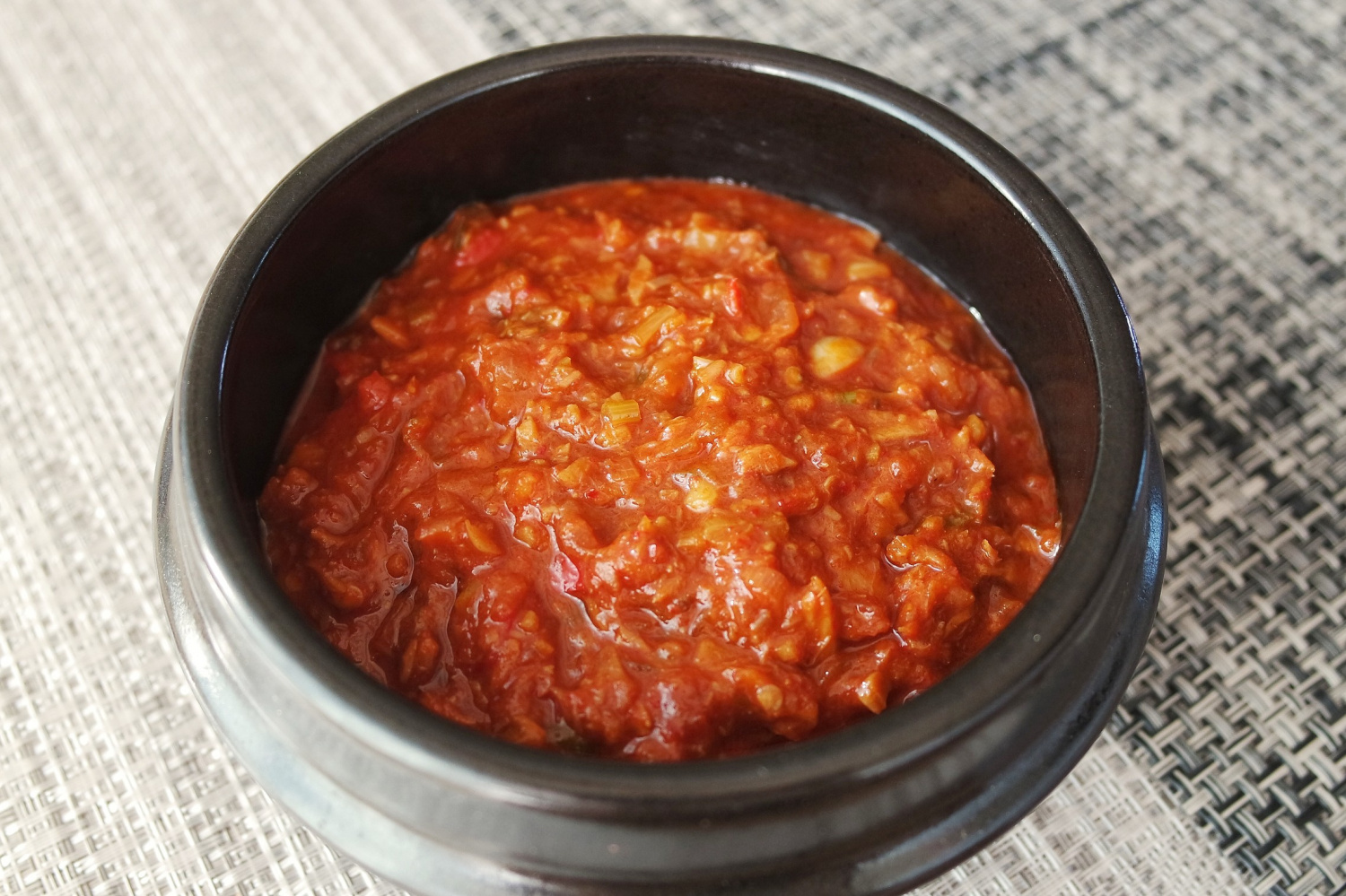
Tuna Ssamjang & Cabbage Ssam / Deliciously spicy and simple Ssam
I enjoyed a meal with cabbage wraps that are easy to enjoy with cabbage that makes your stomach and intestines comfortable. It's a good tuna ssamjang because the cooking process is so easy and simple. I hope you enjoy a hearty meal with magical ssamjang that brings out the spicyness and allows you to eat a lot of ssam.
When you don't have an appetite, there's no other simple menu like a wrap. Make it delicious and enjoy a healthy meal time.
4 serving
Within 15 minutes
팍스곰
- Ingredients
-
-
canned tuna100g
-
leek1/2ea
-
onion1/4ea
-
Cheongyang red pepper1ea
-
Red pepper1ea
-
crushed garlic1spoon
-
Water2/3cup
-
red pepper paste2spoon
-
Soybean paste2spoon
-
Red pepper powder1spoon
-
Starch syrup1spoon
-
cooking wine1spoon
-
Cabbage960g
-
cooking wine3spoon
-
Vinegar2spoon
-
- Cooking Steps
-
STEP 1/16Chop green onions, onions, cheongyang peppers, and red peppers into small pieces.
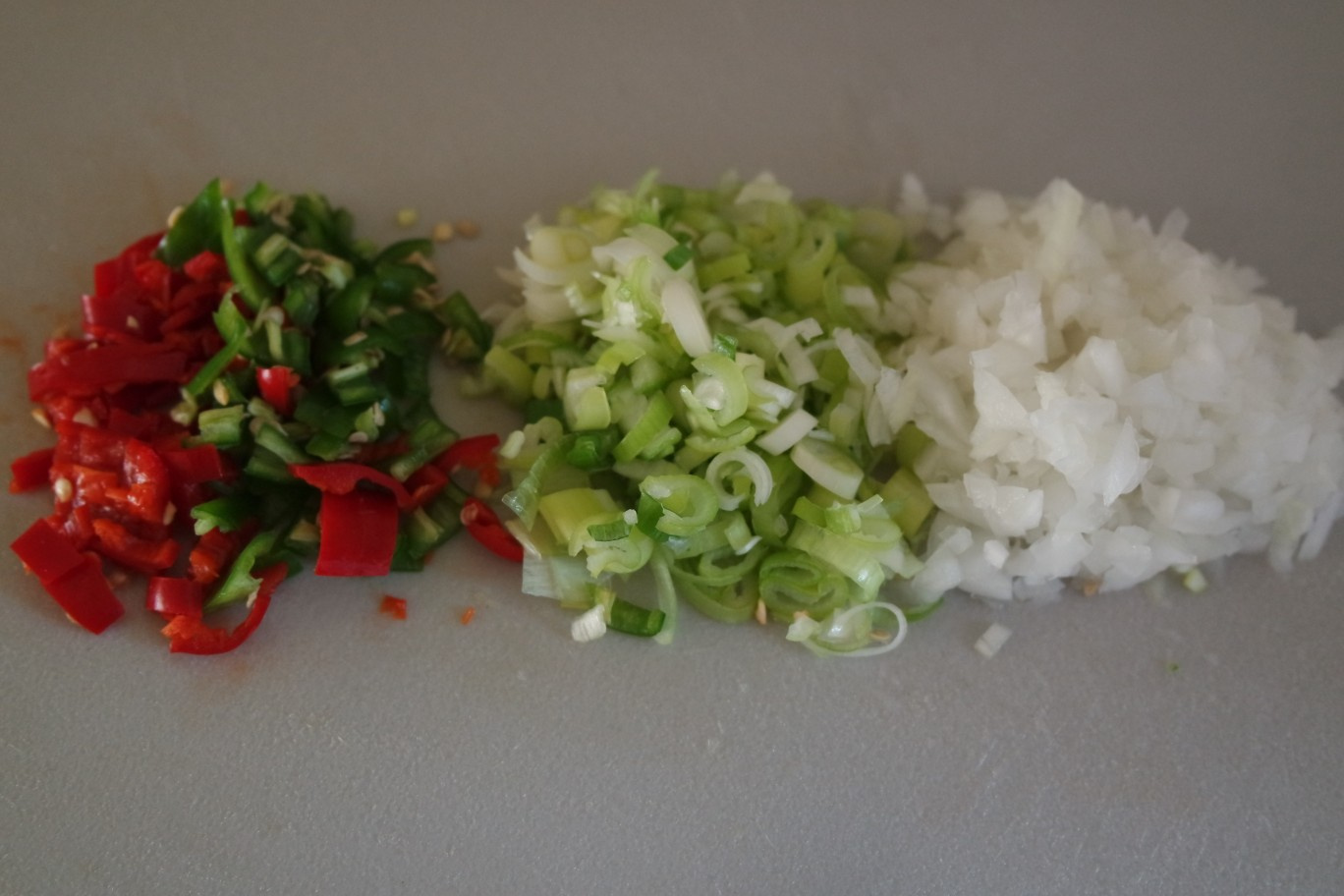 STEP 2/16Squeeze the tuna can oil into a pot or earthen pot.
STEP 2/16Squeeze the tuna can oil into a pot or earthen pot. STEP 3/16Put the green onion first and make scallions
STEP 3/16Put the green onion first and make scallions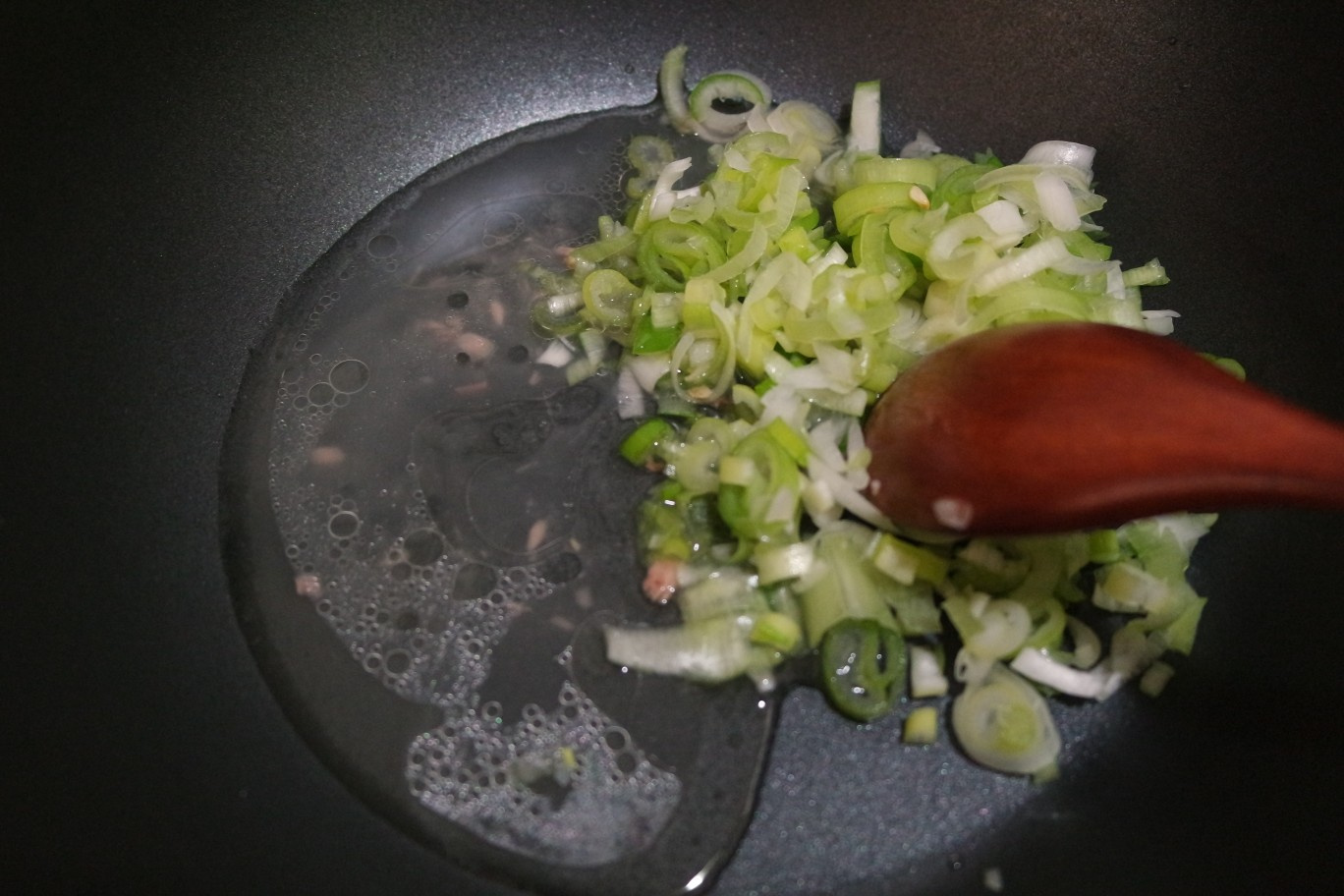 STEP 4/16Stir-fry onions, peppers, and ground garlic.
STEP 4/16Stir-fry onions, peppers, and ground garlic.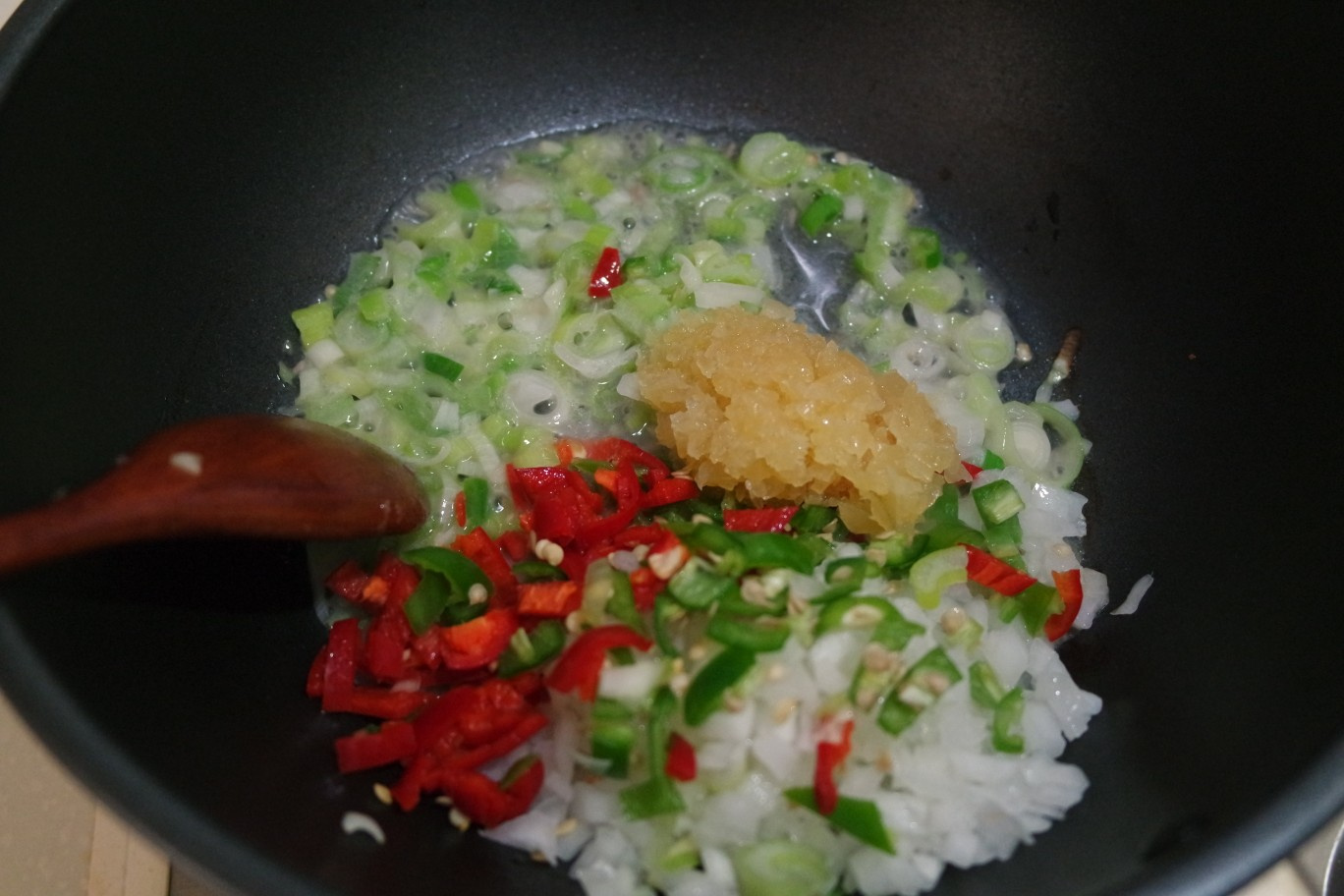 STEP 5/16Add 2/3 cups of water (paper cup) and bring to a boil.
STEP 5/16Add 2/3 cups of water (paper cup) and bring to a boil.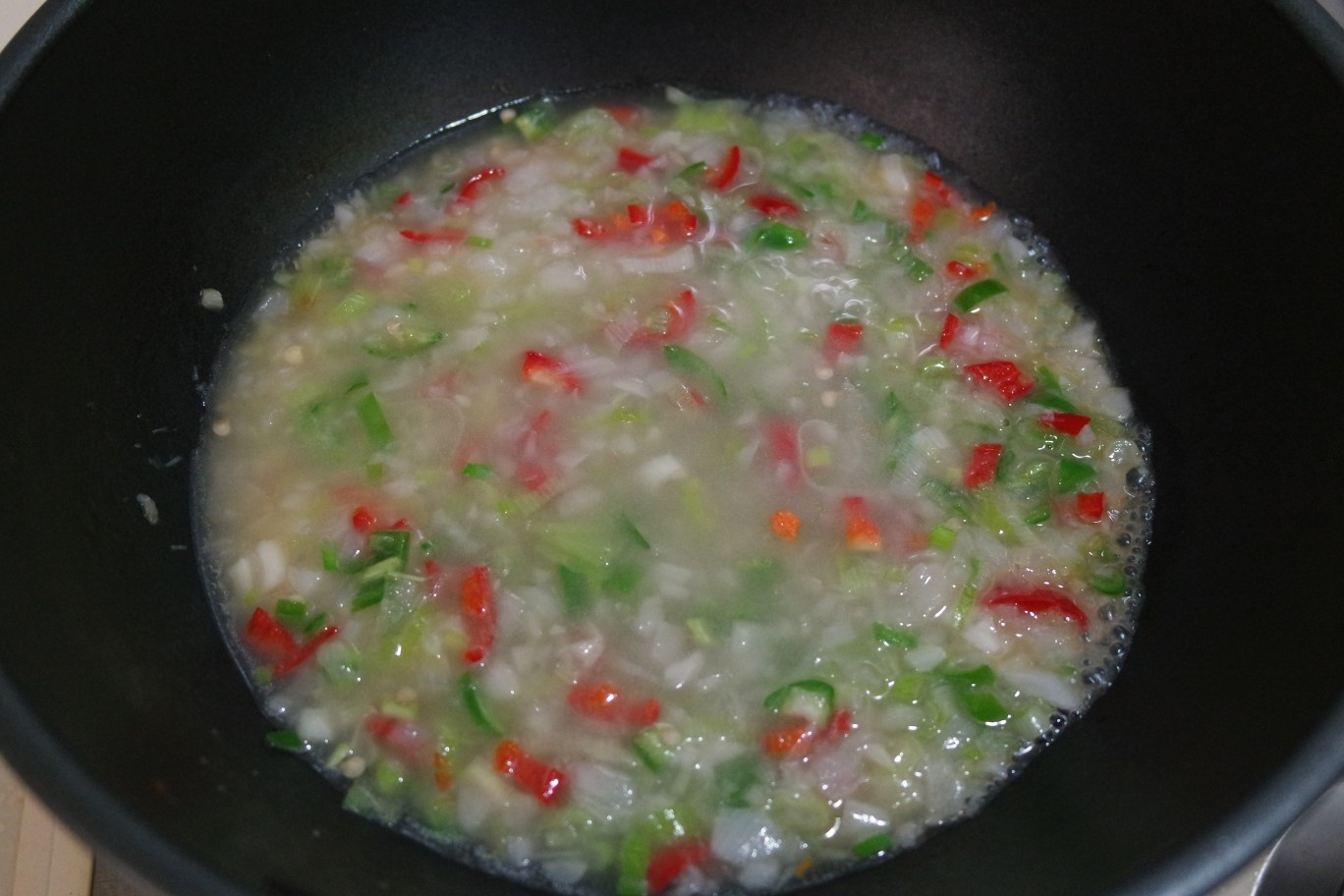 STEP 6/162 spoons of soybean paste and 2 spoons of red pepper paste
STEP 6/162 spoons of soybean paste and 2 spoons of red pepper paste STEP 7/16Add 1 spoon of starch syrup
STEP 7/16Add 1 spoon of starch syrup STEP 8/16Add 1 spoon of cooking wine and mix it well
STEP 8/16Add 1 spoon of cooking wine and mix it well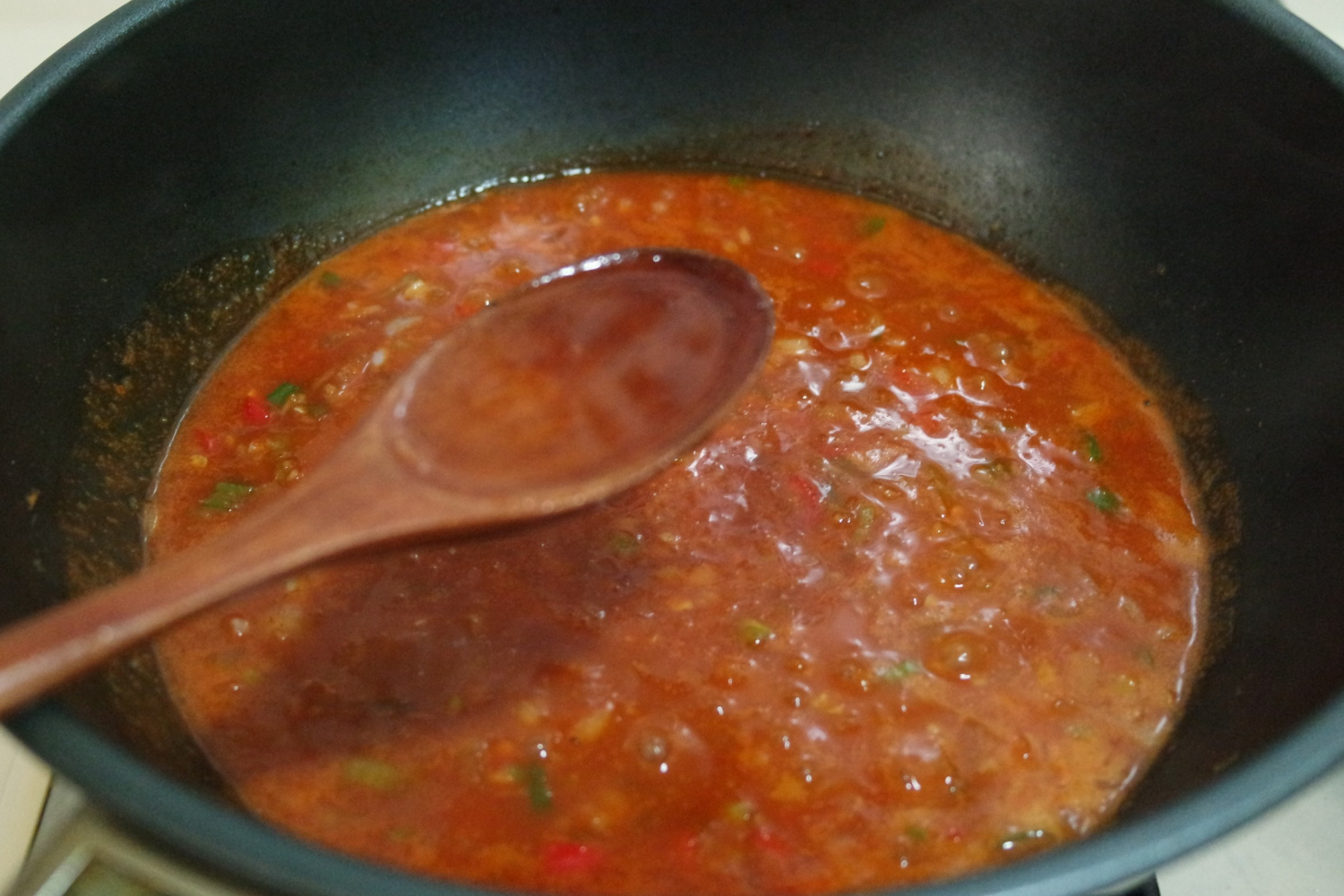 STEP 9/16Add tuna and mix it
STEP 9/16Add tuna and mix it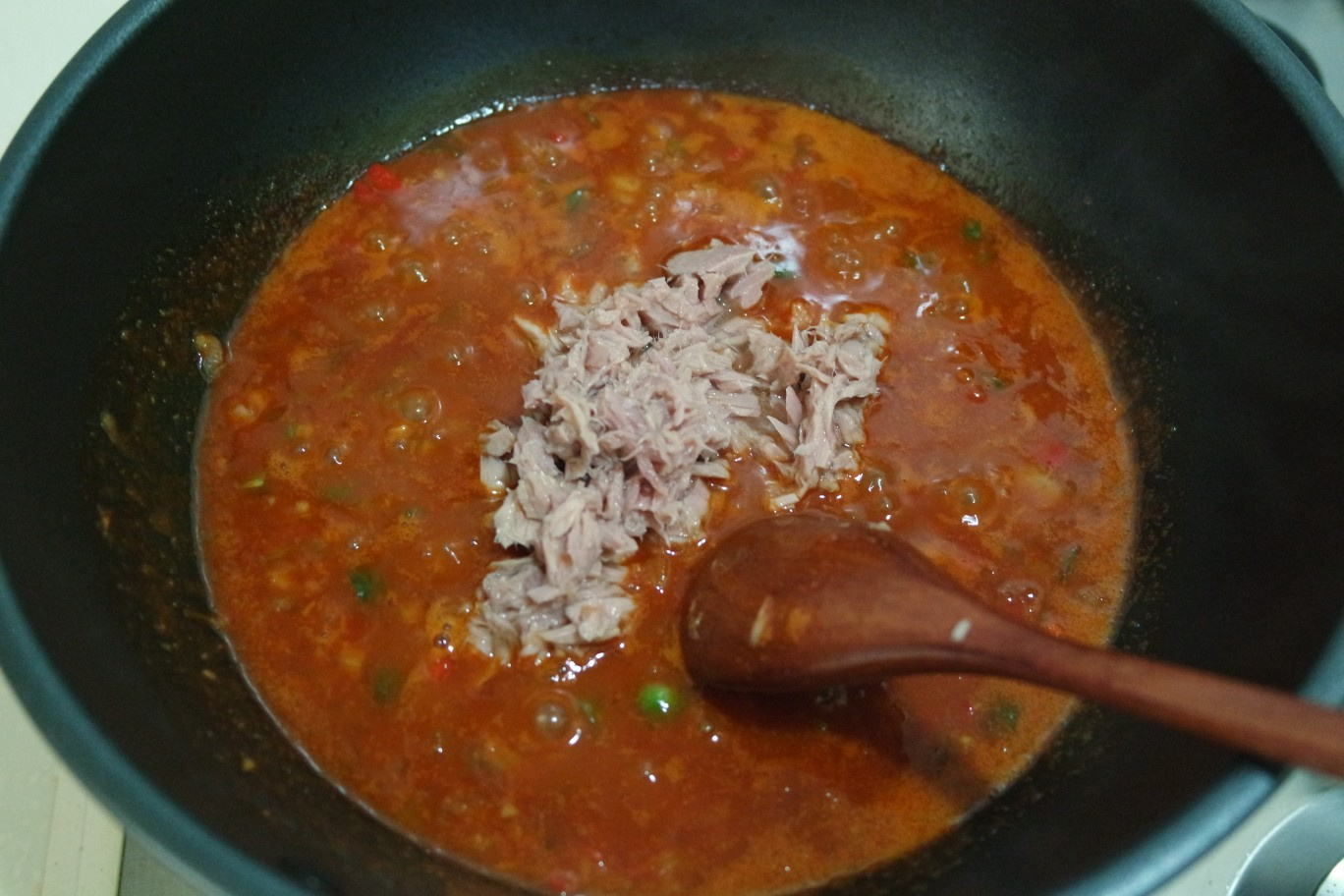 STEP 10/16Add 1 spoon of red pepper powder and adjust the concentration.
STEP 10/16Add 1 spoon of red pepper powder and adjust the concentration.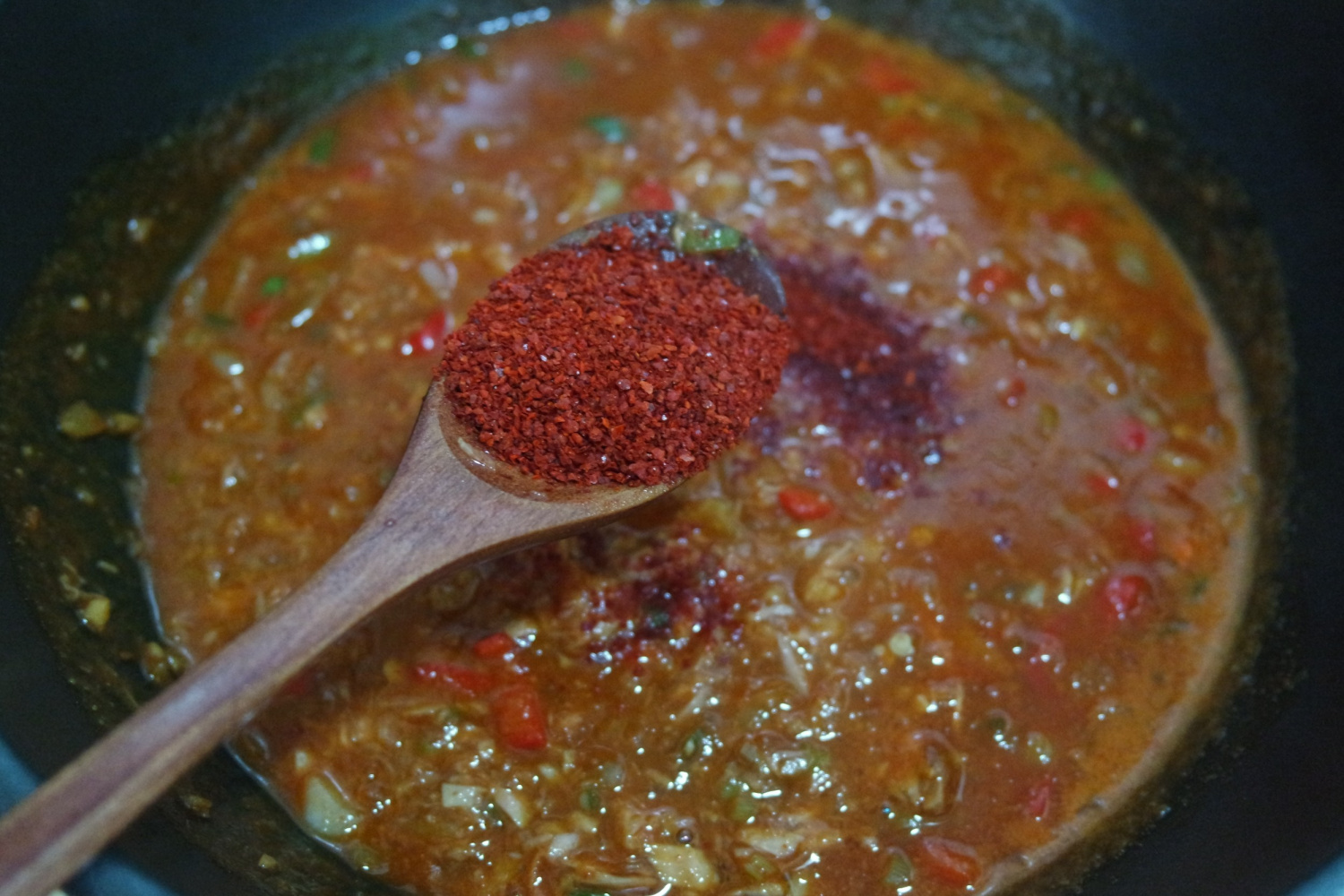 STEP 11/16Reduce heat to medium low, drain and simmer stirring until reduced.
STEP 11/16Reduce heat to medium low, drain and simmer stirring until reduced.
It's done when it's slightly thick.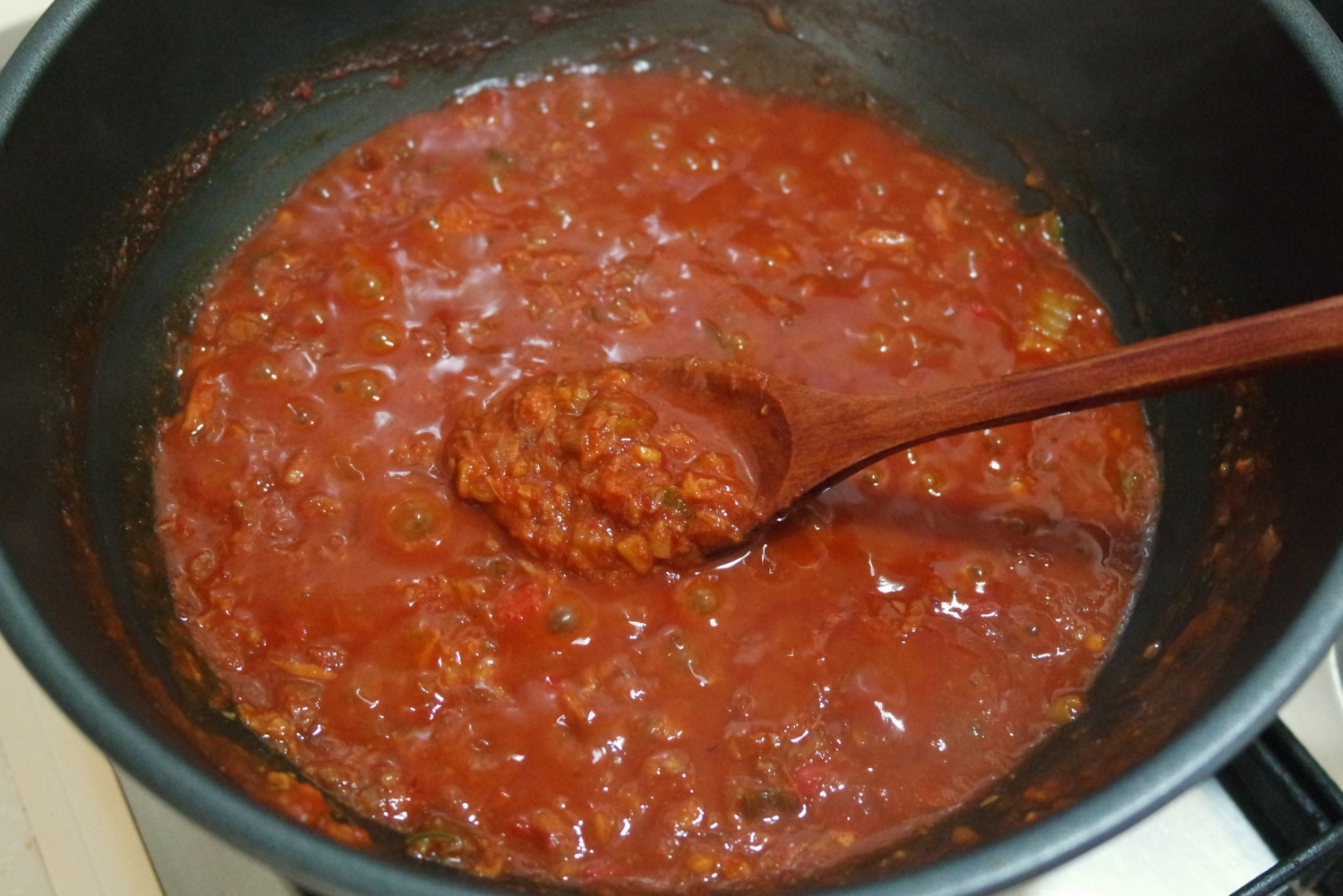 STEP 12/16(How to wash cabbage)
STEP 12/16(How to wash cabbage)
Remove each leaf of cabbage and wash it with water, then put a few drops of vinegar and soak it for 5 minutes.
After 5 minutes, rinse it 2-3 times with water.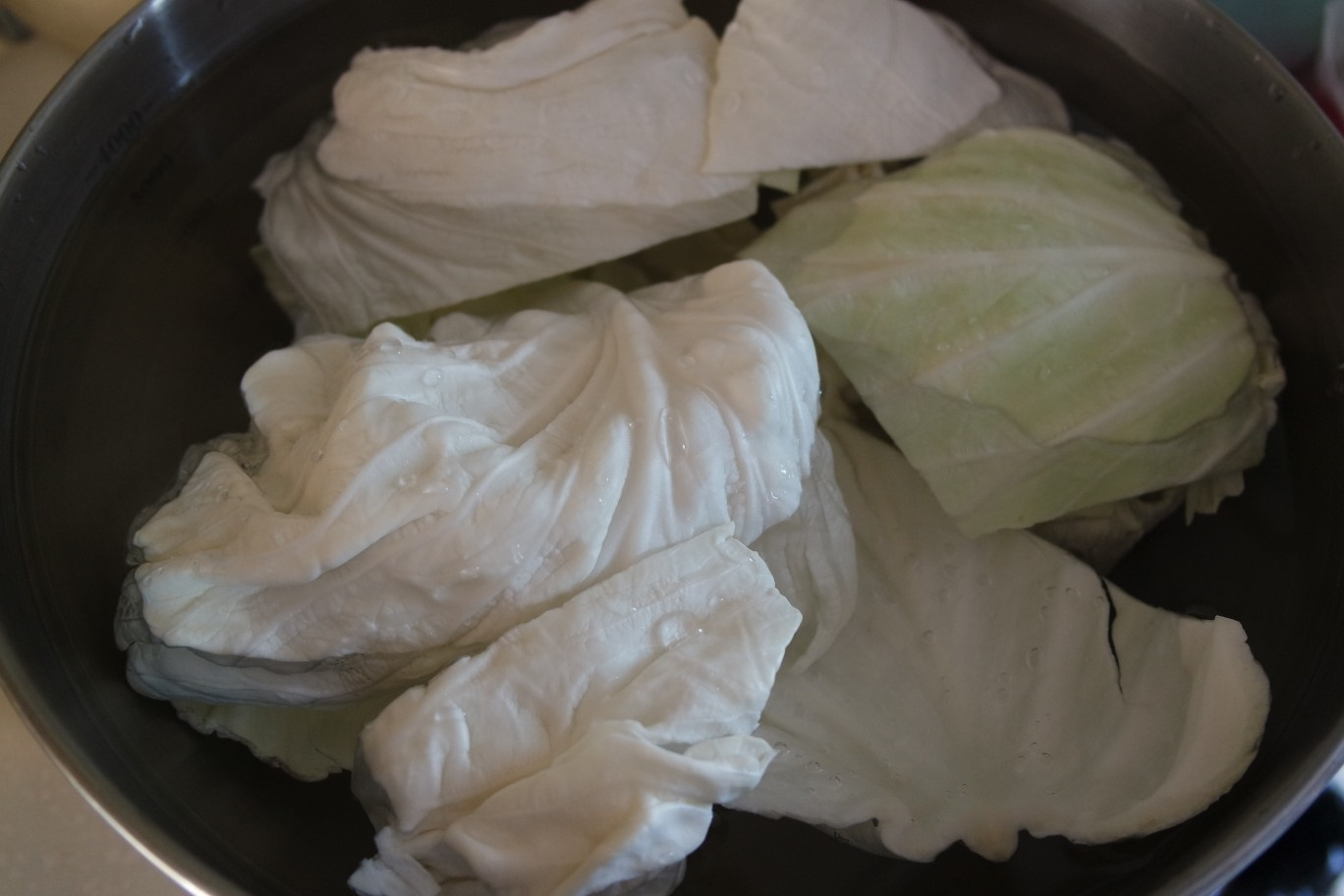 STEP 13/16Put a little water in the steamer and add 3 spoons of cooking wine.
STEP 13/16Put a little water in the steamer and add 3 spoons of cooking wine.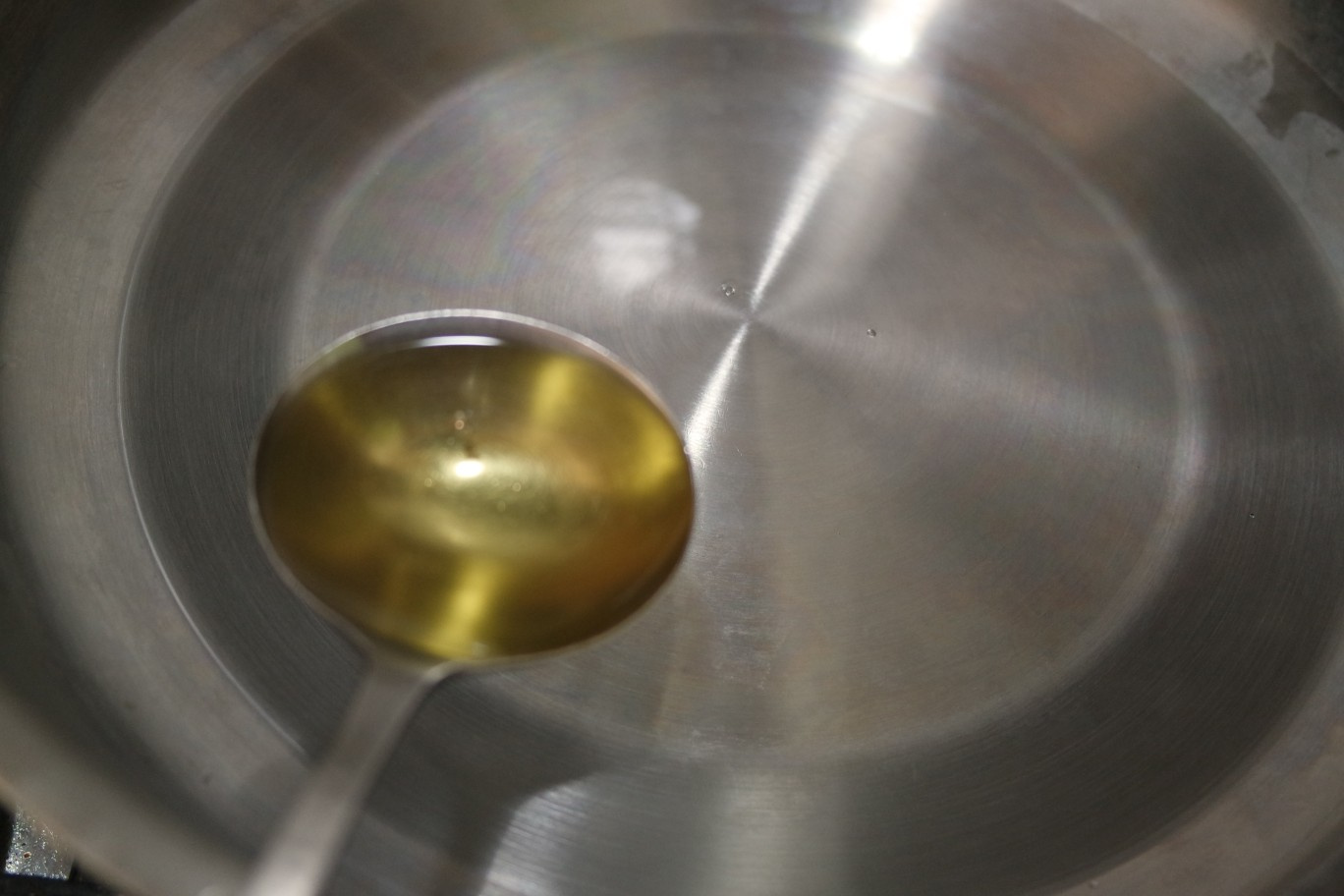 STEP 14/16Place the rinsed cabbage on the steamer tray one by one, close the lid, and steam.
STEP 14/16Place the rinsed cabbage on the steamer tray one by one, close the lid, and steam. STEP 15/16When the lid is foggy, open the lid and steam it by changing the location of the lower cabbage and the upper cabbage.
STEP 15/16When the lid is foggy, open the lid and steam it by changing the location of the lower cabbage and the upper cabbage.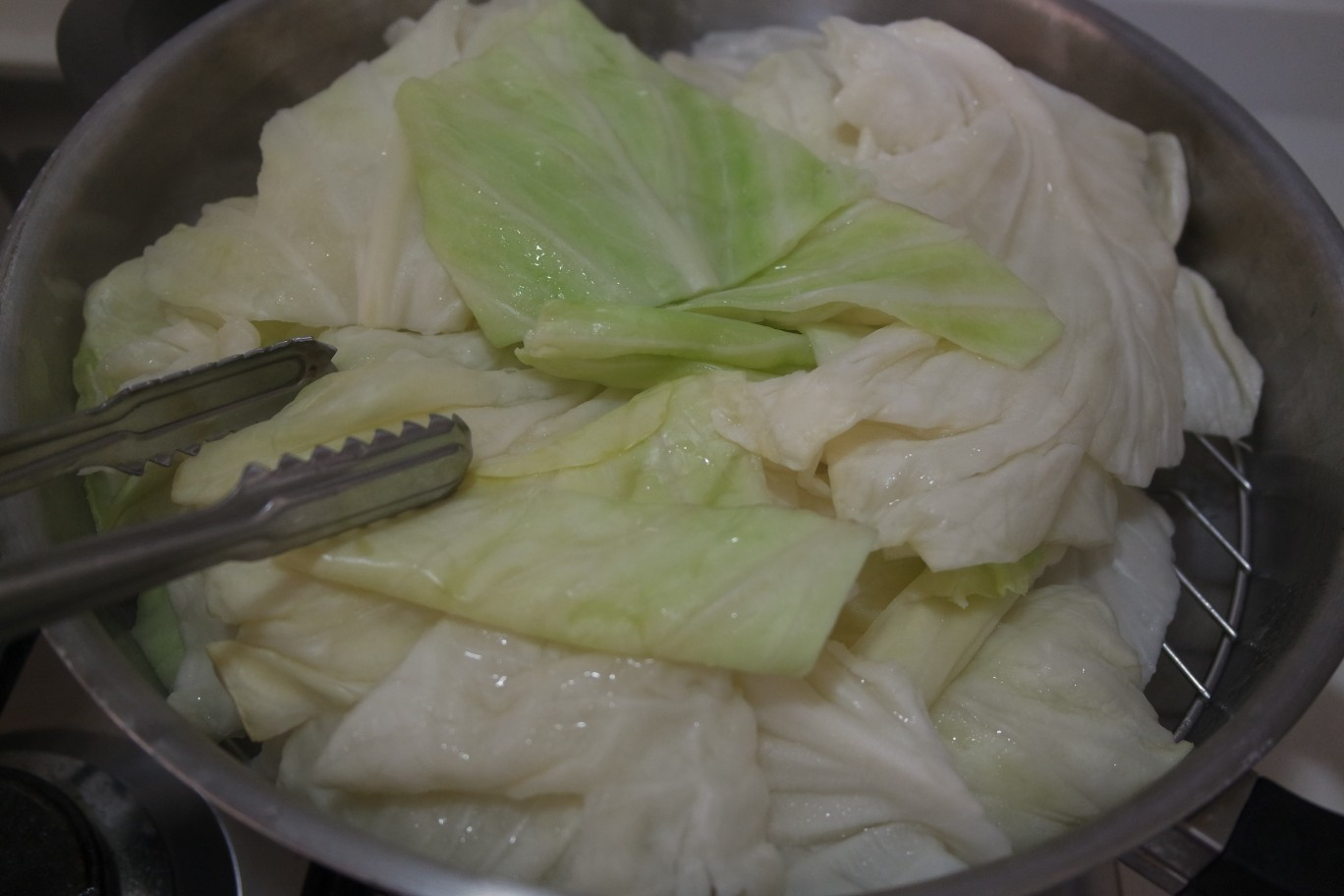 STEP 16/16It is tuna ssamjang with simple ingredients, short cooking time, and better taste. Enjoy a delicious meal wrapped in cabbage wraps.
STEP 16/16It is tuna ssamjang with simple ingredients, short cooking time, and better taste. Enjoy a delicious meal wrapped in cabbage wraps.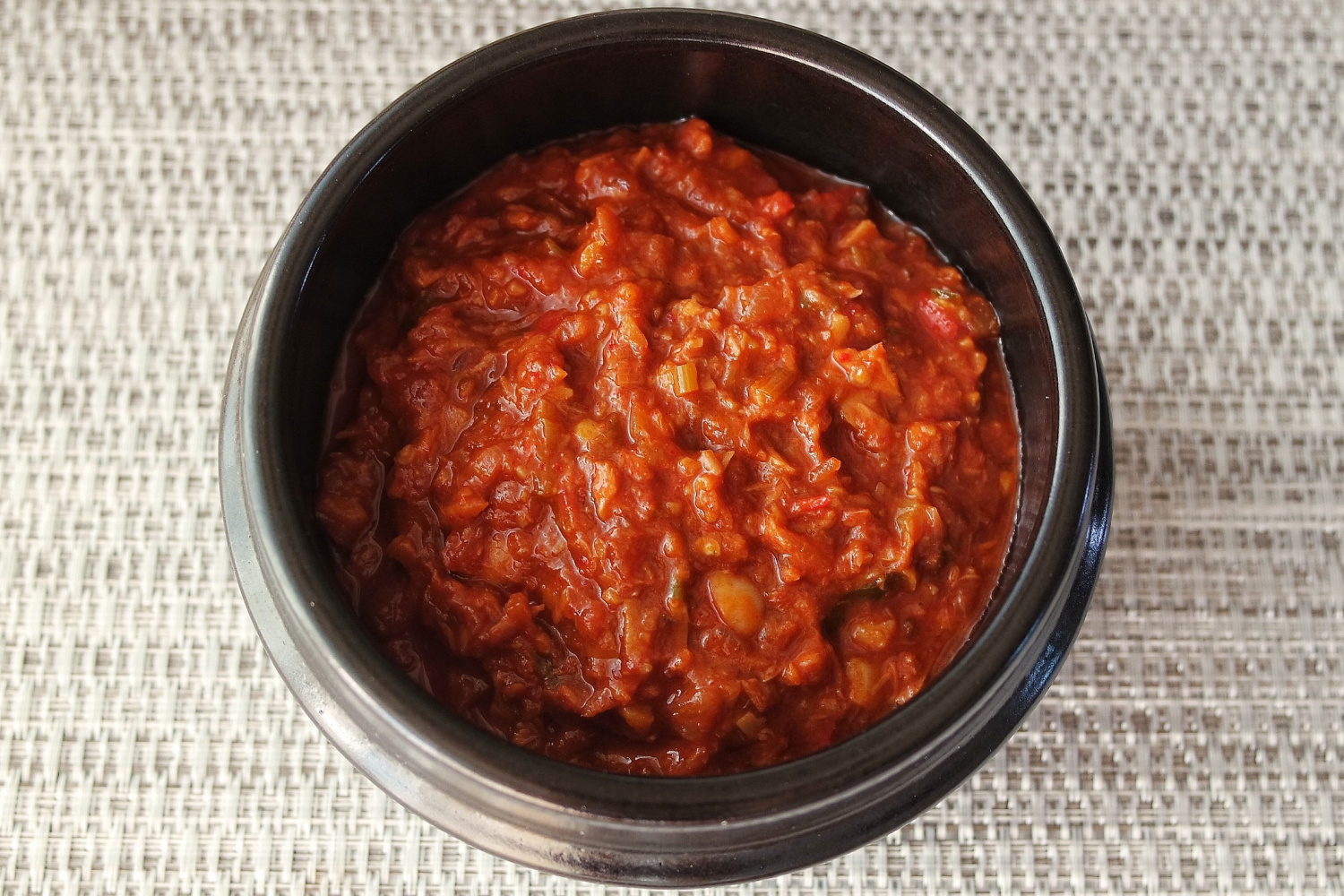 Soybean paste and red pepper paste are for sale. If you are using jipsoybean paste or red pepper paste, adjust the amount to control the salty taste. Ssamjang is a bit watery, so it's a good texture to mix with rice. If you want thick ssamjang, cook it with less water than the recipe.
Soybean paste and red pepper paste are for sale. If you are using jipsoybean paste or red pepper paste, adjust the amount to control the salty taste. Ssamjang is a bit watery, so it's a good texture to mix with rice. If you want thick ssamjang, cook it with less water than the recipe.
- Cooking review
-
5.00score
-
 187*****scoreIt's my first time making it and it's really good! Success!!2022-10-12 17:06
187*****scoreIt's my first time making it and it's really good! Success!!2022-10-12 17:06
-
- Bulgogi Recommended recipe
-
-
1
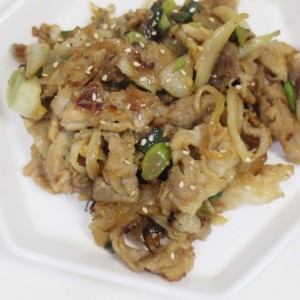 Without fail, pork and soy sauce bulgogi! Perfectly reproduced a4.83(40)
Without fail, pork and soy sauce bulgogi! Perfectly reproduced a4.83(40) -
2
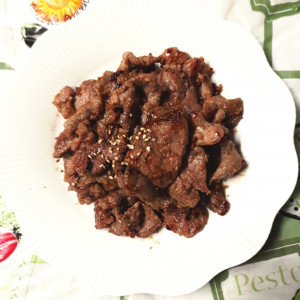 Bulgogi with pork and soy sauce4.97(29)
Bulgogi with pork and soy sauce4.97(29) -
3
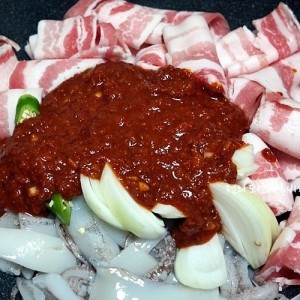 Successful recipe for Osam Bulgogi. 100% simple main dish5.00(35)
Successful recipe for Osam Bulgogi. 100% simple main dish5.00(35) -
4
 Beef Bulgogi Golden Seasoning Recipe4.94(1081)
Beef Bulgogi Golden Seasoning Recipe4.94(1081)
-
- chicken Recommended recipe
-
-
1
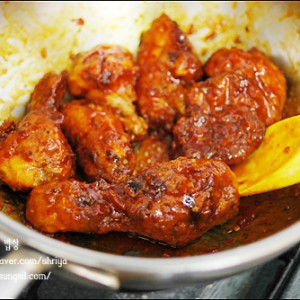 Fried and seasoned chicken4.86(7)
Fried and seasoned chicken4.86(7) -
2
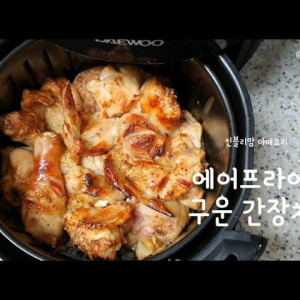 How to make air fryer chicken/soy sauce chicken5.00(10)
How to make air fryer chicken/soy sauce chicken5.00(10) -
3
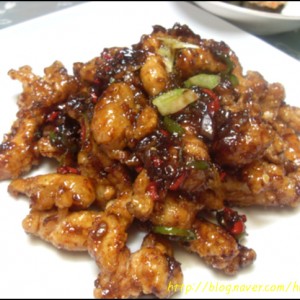 boneless Kyochon chicken5.00(6)
boneless Kyochon chicken5.00(6) -
4
 [Crispy fried chicken] You can make homemade fried chicken at ho4.50(6)
[Crispy fried chicken] You can make homemade fried chicken at ho4.50(6)
-